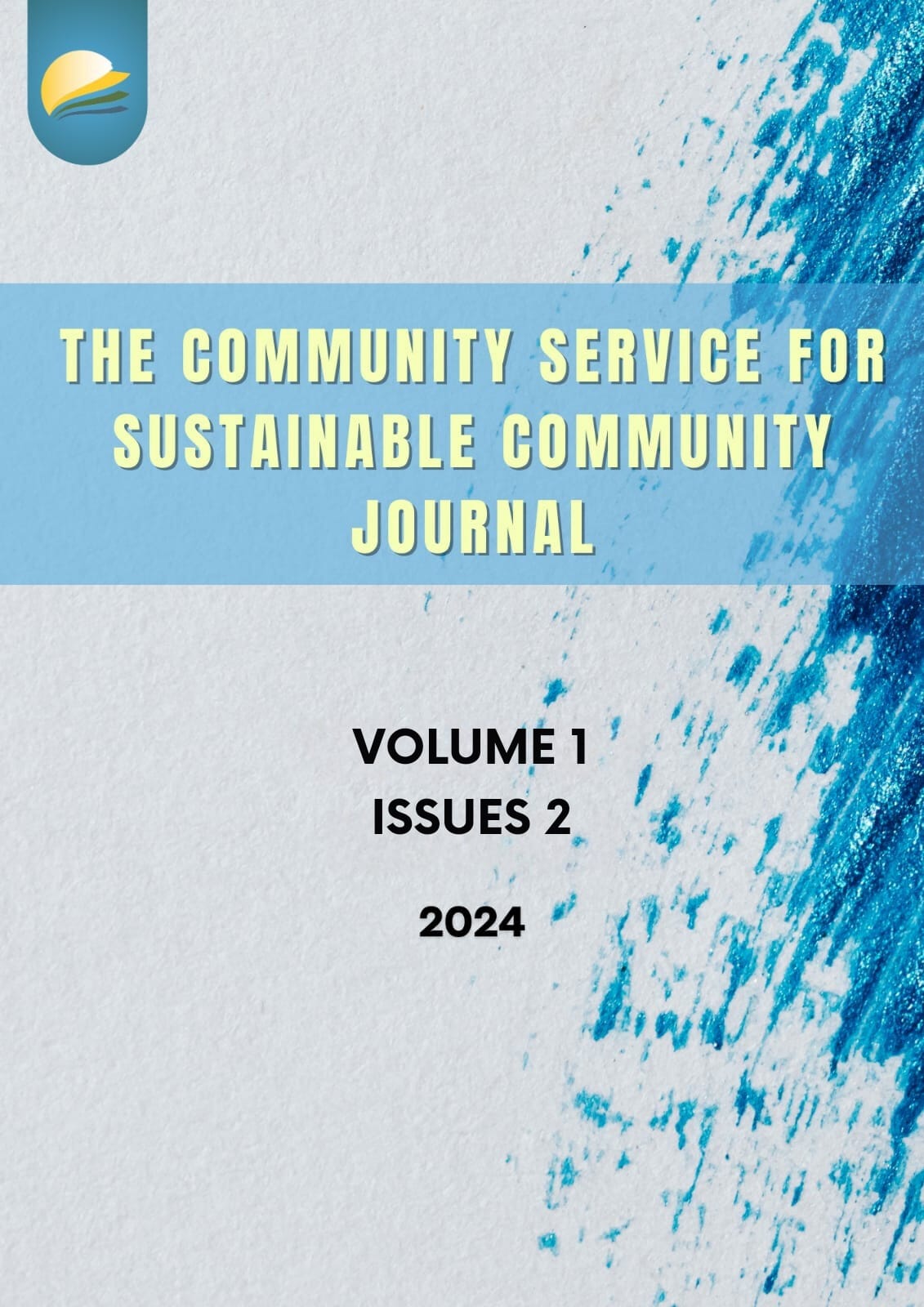Agricultural development model of Jeponan Hamlet, Manggung Village, Ngemplak Sub-district, Boyolali Regency
Keywords:
agriculture, agricultural technology, conservation model, Manggung Village, structural transformationAbstract
Background: Manggung Village has great potential in the agricultural sector, which has long been the mainstay of the village economy. However, the village also faces significant challenges, including high fertiliser prices and irrigation problems that hamper agricultural productivity. This research aims to explore the potential, challenges and impacts of structural, institutional and technological transformation in Manggung Village, and determine the most appropriate agricultural development model. Methods: This research used a qualitative method with data collection techniques in the form of interviews, observation, and note-taking. Primary data was collected through interviews with farmers and community leaders, while secondary data was obtained from literature and other sources of information. Data was analysed to identify the main problems and changes in the village. Findings: The main findings of this research show that Manggung Village is undergoing significant changes in economic and institutional structures, including the application of new technologies such as tractors and rice dryers. While these technologies help to increase efficiency, this transformation has also led to a shift in labour from the agricultural sector to the industrial sector, resulting in a reduction of labour in agriculture. Conclusion: The conclusion of this research shows that a conservation-based agricultural development model is the most suitable for Manggung Village, given the potential for fertile agricultural land and the linkages between the agricultural and livestock sectors. This model is expected to support sustainable development by maintaining environmental quality while improving the economic welfare of the village community. Novelty/Originality of this study: This research makes a novel contribution by highlighting how structural and technological transformations can affect the dynamics of agricultural villages such as Manggung Village. By proposing a conservation-based development model, this research offers a suitable approach to address local challenges while maximising the potential of existing natural resources.
References
Asma, J., Mone, A., & Burhanuddin, B. (2021). Fungsi pemerintah desa dalam pelaksanaan pembangunan desa di Desa Soro Barat Kecamatan Kempo Kabupaten Dompu. Kajian Ilmiah Mahasiswa Administrasi Publik (KIMAP), 2(1), 186-201. https://journal.unismuh.ac.id/index.php/kimap/article/view/3838
Ifa, K., & Muttaqien, F. (2018). Pengaruh transformasi struktural pertanian terhadap kemiskinan dan ketimpangan pendapatan di Indonesia Tahun 1980-2014. In Proseding Seminar Nasional Manajemen dan Bisnis III (SNMB3), 3(1), 63-78. https://jurnal.unej.ac.id/index.php/prosiding/article/view/9138
Permatasari, P., Widiyanto, W., Ulfa, A. N., Nurhidayati, I., & Saptaningtyas, H. (2021). Pembuatan cookies berbahan tepung menir organik KWT BUMP PT. Pengayom Tani Sejagad. Jurnal Pengabdian Pada Masyarakat, 6(4), 1202-1212. https://doi.org/10.30653/002.202164.909
Saptana, S., Wahyuni, S., & Pasaribu, S. M. (2013). Strategi percepatan transformasi kelembagaan gapoktan dan lembaga keuangan mikro agribisnis dalam memperkuat ekonomi di perdesaan. Jurnal Manajemen & Agribisnis, 10(1), 60-70.
Purnomo, E., Pangarsa, N., Andri, K. B., & Saeri, M. (2015). Efektivitas metode penyuluhan dalam percepatan transfer teknologi padi di Jawa Timur. JINOTEP (Jurnal Inovasi dan Teknologi Pembelajaran): Kajian dan Riset Dalam Teknologi Pembelajaran, 1(2), 191-204.
Downloads
Published
Issue
Section
Citation Check
License
Copyright (c) 2024 Community Service for Sustainable Community Journal

This work is licensed under a Creative Commons Attribution 4.0 International License.












